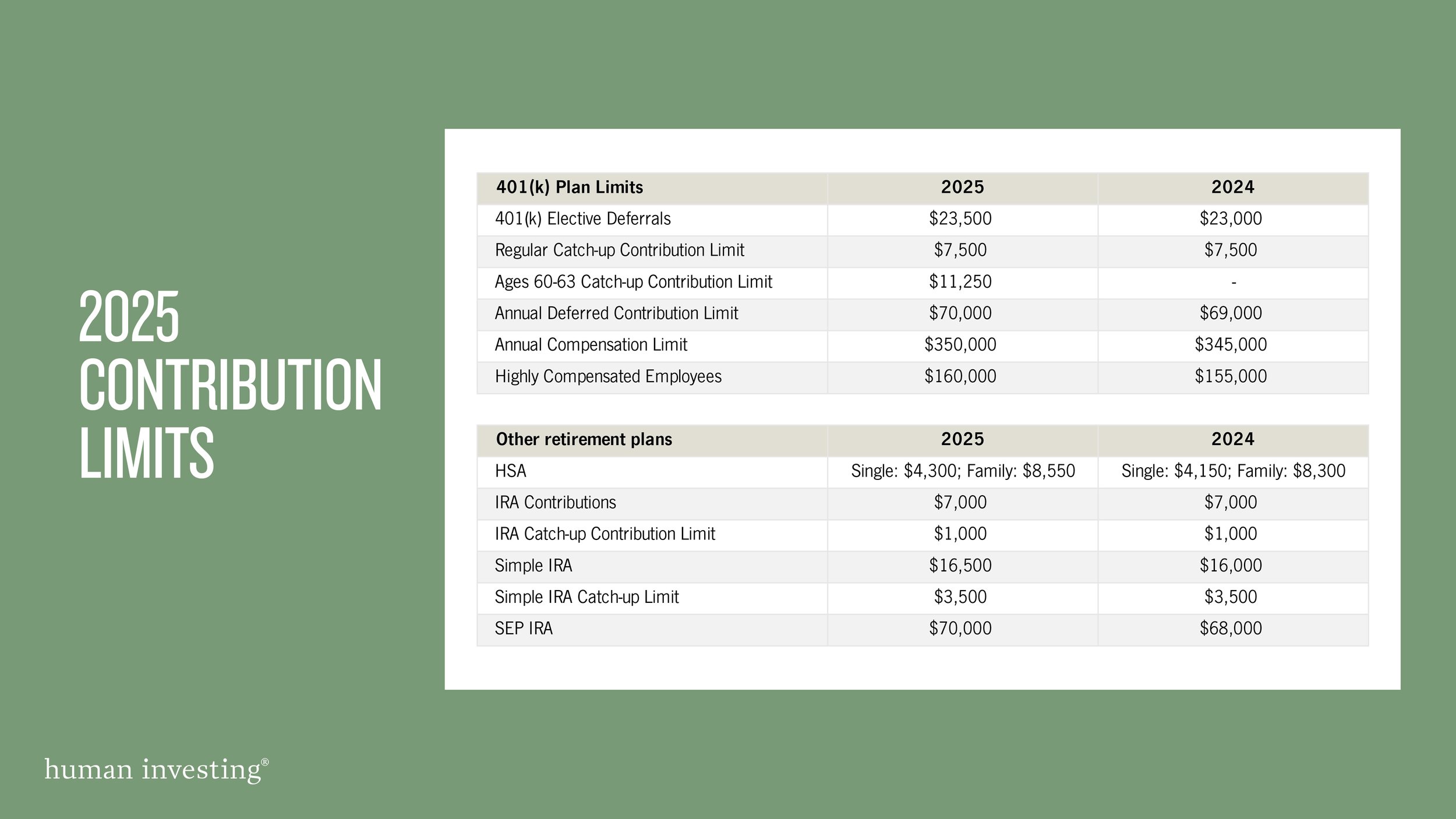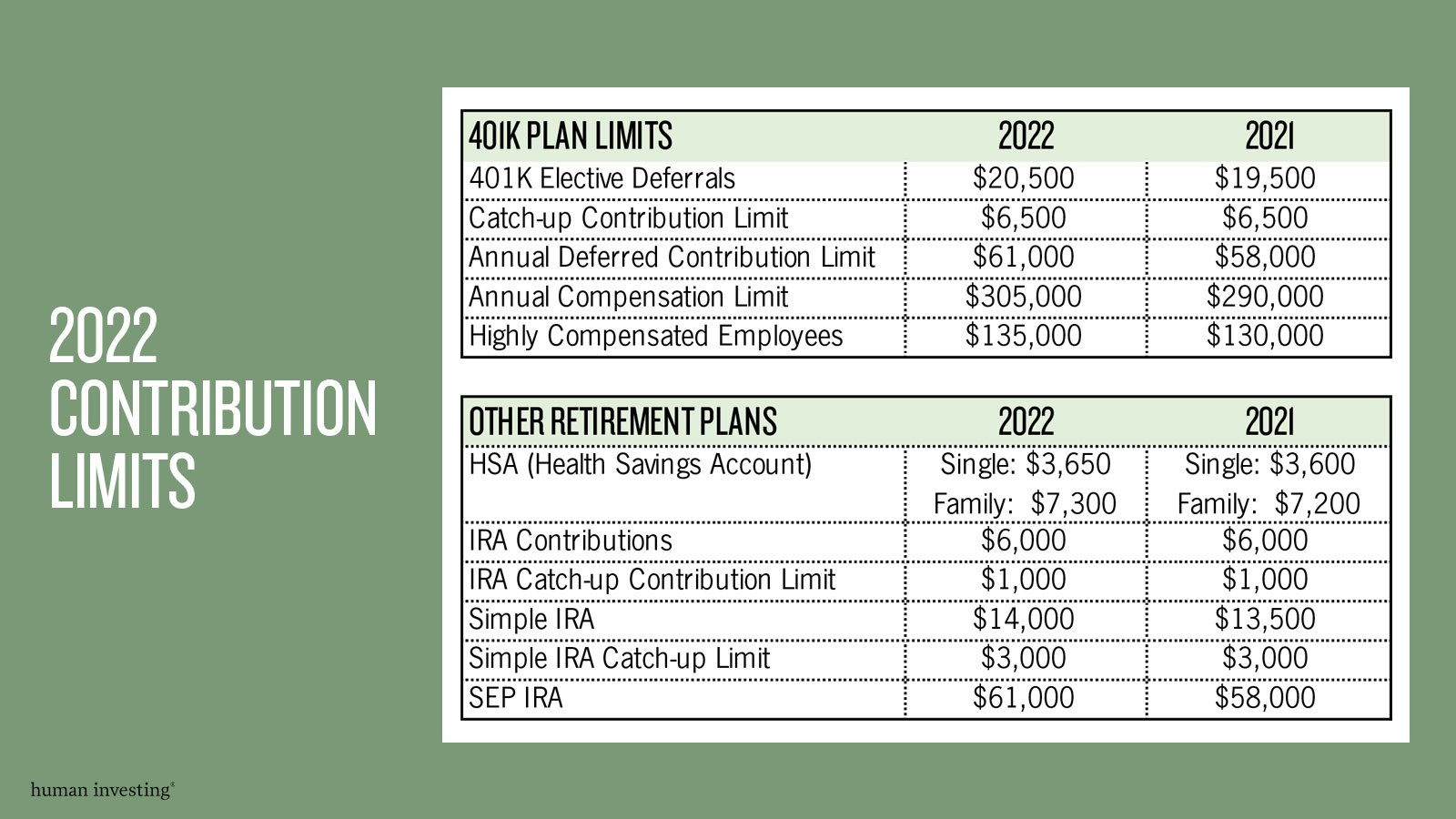The Employee Retirement Income Security Act (ERISA) was established in 1974 to give employees retirement income security. Why, then, after 40-plus years, are Americans so underprepared for retirement?
According to a 2015 study from the Government Accountability Office, "About half of households age 55 and older have no retirement savings (such as in a 401(k) plan or an IRA)." Even those who have saved have saved poorly. Among those households of residents ages 55 to 64 with some retirement savings, the median amount saved is $104,000. For those 65 to 74, the amount is roughly $148,000 per household. And, with 70% of the civilian population having access to a retirement plan and 91% access for government employees, it’s a wonder there is such a lack of retirement readiness.
There is no shortage of financial and intellectual capital being spent on a solution for retirement readiness. But most solutions have fallen short of narrowing the gap between the retirement haves and have-nots. So, what is the solution? My thoughts follow:
Government Plus Employer Plus Employee
First, the government is already involved in the regulation of retirement plans, as well as allowing for employers to deduct the expenses of having a plan, so why not go all in? Why not tell employers, “If you are going to get the deduction, you need to meet certain requirements that are great for employees, great for your business and great for our country”?
Those requirements could include auto-enrollment (as this has been a home-run for participation), auto-increase (as individuals get raises, they add a little more to their retirement) and an eligible age-based default option (eligibility for a great default option would be low-cost and diversified as you get from the likes of popular mutual fund providers with their index retirement glide path funds).
In order to qualify for a business deduction or incentive from the government, an employer would be required to match a certain amount. I’d propose 5%, with the employee required to commit 5% to get that amount. Why these amounts? Because if someone has a job for 40 years and invests in a basket of mutual funds growing at or around 8%, with both the employee and employer contributing at 5% each, they end up a millionaire (assuming a $36,000 annual salary, or $300 per month contributions, compounded monthly for 40 years.)
The Industry
In a recent Society for Human Resource Management (SHRM) study, more than 70% of HR professionals surveyed emphasized the importance a retirement savings plan. So, at a minimum, employees are aware of the need to save and desire to do so. While there is definitely a need amongst employees to save for retirement, there are several barriers that impact participants interest and willingness to save. First, trust among advisors is low. Second, many plans have a dizzying array of options, which negatively impacts deferral rates. Finally, not all employers offer to match contributions, which minimizes the incentive for employees to contribute to the 401(k) versus less automated choices, like an IRA.
So, what can the industry do to partner with employers and their workforce? There are two things in my view:
1. Understand the heart of ERISA. Advisors and their firms are to put the interests of the employee and their income security at the center of everything they are doing. If, somehow, the advice we are giving in any way conflicts with the employee and their security, then we should reassess what we are doing and meet the stated purpose of ERISA -- it doesn’t need to be any more complex.
2. In order to minimize the potential for anything but the fiduciary standard, any firm operating in the retirement space should be required to be a fiduciary and have no ability to be dually registered or receive commissions, kickbacks, trips or any other super-secret benefit.
Join the small percentage of firms that are truly fee-only and have no way of receiving any form of compensation other than from the client. Disclosing away conflicts is not the answer for the clients, as few read the disclosures they are provided. If we are going to serve clients well, eliminating the ability for the conflict to exist is the only reasonable route to go.
In conclusion, the government is already involved in both rule-making and incentives for companies and their employees to offer and invest in retirement plans. A model for offering a retirement plan that meets certain criteria in order to fully receive the incentive should be outlined and adhered to by companies and their employees. In partnership with the government, employers and employees, the financial services community should be held to a higher standard to eliminate the conflicts that keep retirement plans for becoming all they could be, which is for employee retirement income security.
































